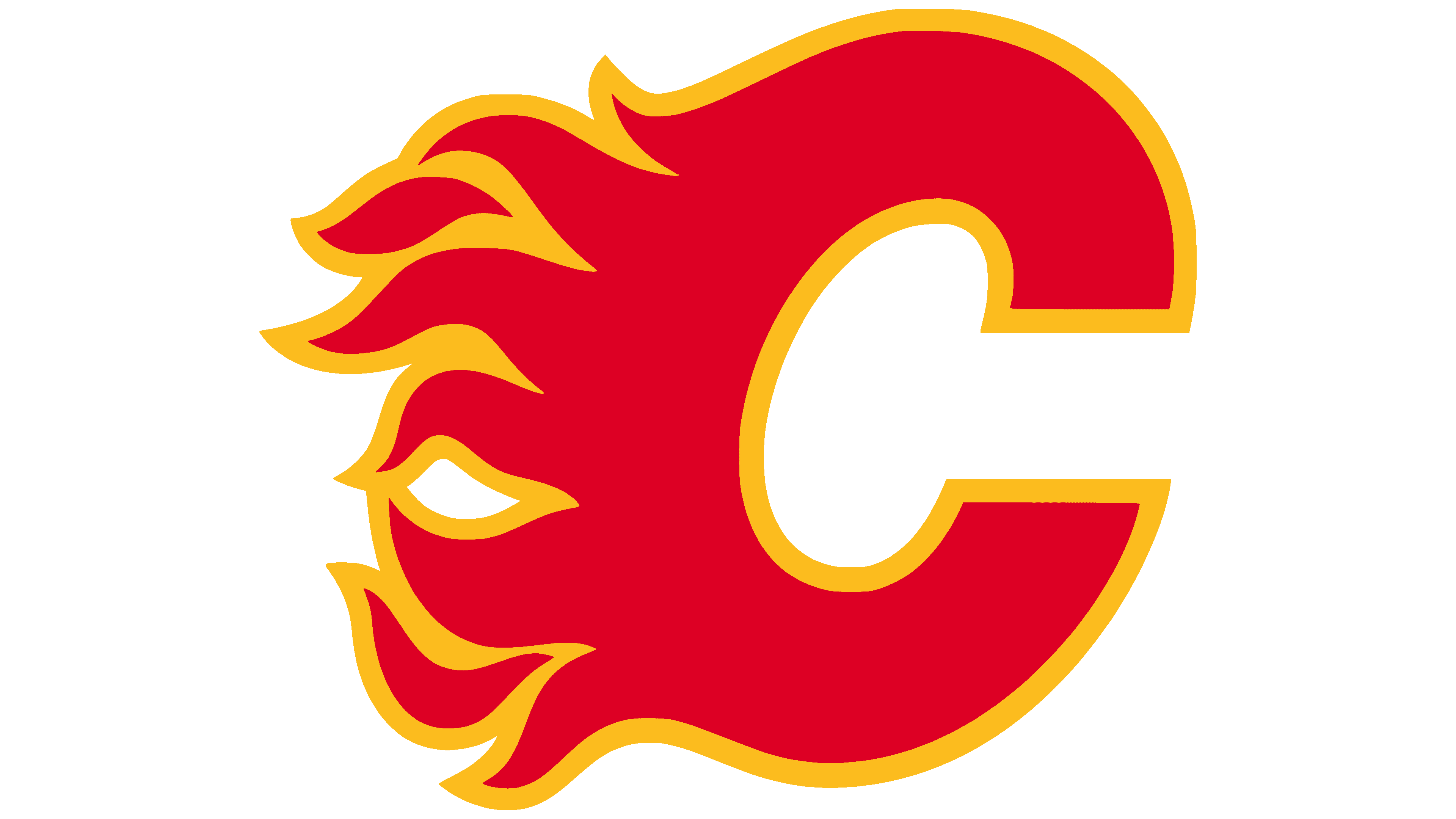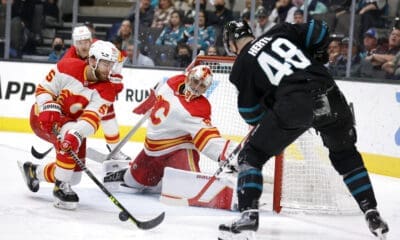Calgary Flames
Crack The Coach Code
The Flames’ Multi-Era Coaching Carousel Might Be Worse Than Their Goalie One

For the last nine years, Calgary has been known as as a goalie carousel. Goalie Graveyard even. Nine starting goalies have come through town between when Miikka Kiprusoff hung up the pads and Jacob Markstrom strolled in with his. At times it had turned into a running joke the team might never solve.
Now double that time span. For the last eighteen years, the Calgary Flames have had another problem they seemingly couldn’t solve that had become a running joke no matter who kicked in the door and promised they could fix it:
Coaching.
And the team seems primed to, barring the greatest hockey miracle since Lake Placid, change their Head Coach yet again in the near future. As the Flames’ fourth head coach since the last rebuild, Geoff Ward has struggled to keep the Flames consistent, competitive, and motivated, and he is not alone. In fact, the assembled core from the rebuild prior to this one went through its own constantly changing coaching problems, and they couldn’t win consistently either.
Without diving into a history lesson, the common thread with the modern day Calgary Flames since an ‘04 Cup Finals run is this: the team has gone through eight coaches in almost two decades. The trend has spanned two cores and a rebuild, and no matter their experience or pedigree coming they all exited due to a lack of success. No bench boss has managed to stick around longer than three seasons, leading to quick turnarounds and some pretty quick, and sometimes drastic, changes in philosophy that still rendered the same results.
The first core managed a miracle finals run out of the eighth seed, but after that they never made it past the first round of the playoffs. They only entered with home ice advantage once, winning the Northwest Division Title in 2006.
The second core made it out of the first round once (2015) in three appearances, but missed the playoffs twice, and only entered with home ice advantage once after winning the regular season division and conference titles on 2019.
Both cores saw some outside shuffling, but the players they were built with stayed largely intact despite their consistent playoff faltering. As we can see, their bosses in charge certainly didn’t get that much leash. A major common denominator here has been that management certainly saw more fault with the coaching than with their players. But at certain points, how much impact can a coach have?
As much as hockey sells itself as a free wheeling, flowing sport, it certainly isn’t a flowing as basketball or lacrosse. And despite how much stock it can put in coaching and systems, it isn’t as rigid structurally as baseball or football where a good coach/manager can win games based on decisions. The sport is stuck in the middle, where players are required to stick to systems and play percentages, but the creativity of players can still individually impact game outcomes. Outside of the notorious Neutral Zone Traps and Left Wing Locks, or the uproar that was Tampa Bay’s 1-3-1 defensive system, there are only a handful of systems at the pro-level and all teams employ them to varying degrees. There haven’t been any major coaching breakthroughs in the game because, at the end of the day, it might be that there is so little that can be affected by tweaks on the whiteboard in a timeout.
As Business Insider noted in 2016, NHL coaches average tenures are well behind the average tenure of coaches in the NFL or MLB, and the median is smaller than the average by almost a year.
Perhaps it’s not so much that coaches have little impact, and maybe quick turnover is simply an easy PR move. Fans don’t go out and spend money on jerseys and shirts with “Ward” or “Gallant” or “Keefe” on the back, and it’s easier to point fingers at the guys in suits than the personalities the public develops an affection for.
But perhaps there is fault for the players too. How many different guys in charge can fail to motivate professionals at their jobs, when at some point the professionals who can’t be motivated are actually the issue? But when every two years someone new shows up at your work to tell you what to do and how to do it, perhaps they can’t be blamed for not developing consistency?
Perhaps the management at the top is the problem? Have they not assembled teams built for success? Have they not done their due diligence, or had the willingness to spend, to bring in the best coaching mind to fit their team needs? Is the fact each one of the Flames last four coaches used insane line blenders at one point or another a management mandate? Would any professional coach worried for their own livelihood not want to develop consistent lines and pairings? Would any professional coach worth their salt really hand consistent high-leverage/powerplay time to struggling veterans like Troy Brouwer and James Neal if management wasn’t in their ear about it?
Whichever angle it is viewed from, changing the coach hasn’t “fixed it” for this current Flames core yet, but aside from a major player shakeup it’s the only option left, again. If the “dump and chase” system is gone tomorrow it won’t turn the team into a contender, but most would assume some new system has got to yield better results than what it has so far.
It’s not unfair at this point to reckon that there’s more than one issue with the team, or management, or franchise, but it’s quite fair to think they’ll try the one they’ve always tried first.
And that they’ll try it sooner than later.
by MilhouseFirehouse








